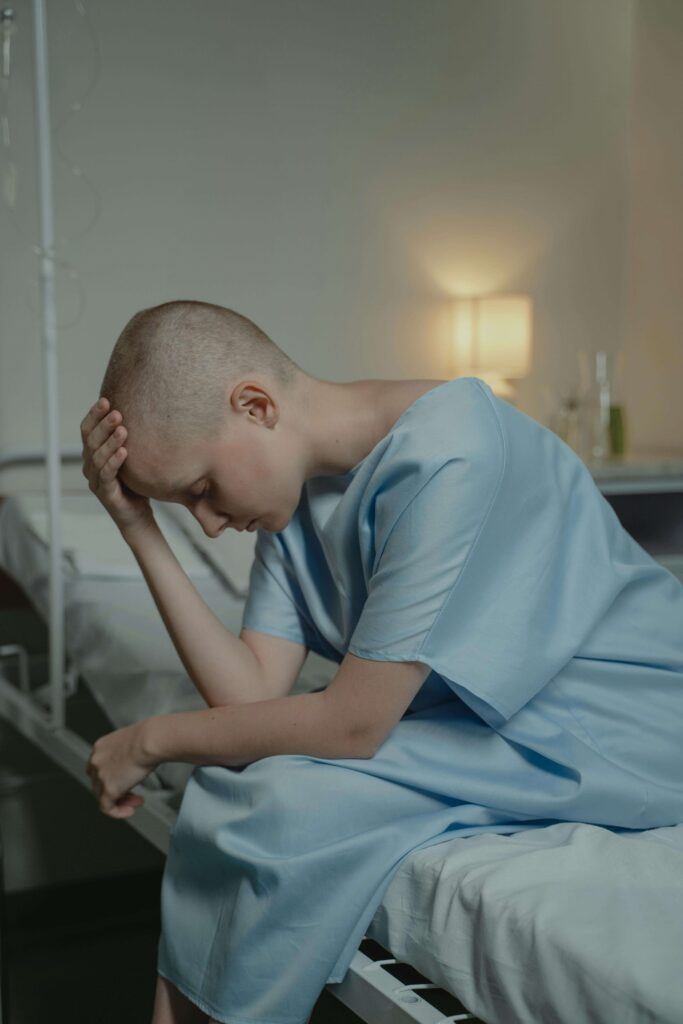ERT Treatment: Advancing Emotional Regulation in Healthcare

It is a natural impact that in the time of crisis, the human body and mind become tightly intertwined. The patients can recover physically. However, if their emotions remain unregulated, the anxiety often follows. Hence, in healthcare management, ERT Treatment (Emotional Regulation Therapy) is becoming a central point of conversation. It helps in mental resilience and medical recovery.
In this blog we will explore following with actionable insights:
- What is ERT Treatment?
- Why does it matter in behavioral health?
- What are the frameworks behind it?
- How is it applied in clinical and organizational settings?
What Is ERT Treatment?
ERT Treatment refers to therapeutic approaches. It primarily supports individuals in developing skills that facilitate them in regulating their emotions. Instead of suppressing or denying emotional responses, the purpose of ERT treatment is to manage emotions. Ultimately helping them to improve their health and overall long-term well-being.
Unlike generic “therapy,” ERT is structured around evidence-based principles derived from:
- Clinical psychology
- Neuroscience
- Behavioral medicine
It especially helps in setting the emotional trauma, mood disorders, chronic illness, or stress-related conditions.
Key components of ERT Treatment
| Component | Description | Clinical Techniques Used | Applications in Healthcare & Daily Life |
| Emotional Awareness | The first step in ERT involves; – Identifying emotions – Naming emotions, – Understanding emotions and – Their triggers. It helps individuals detect early emotional cues before they intensify. | • Guided emotional check-ins • Journaling & emotion diaries • Mindfulness body scans • Trigger mapping | • Helps patients recovering from trauma recognize emotional warning signs. • Assists doctors and nurses in preventing emotional overload during stressful shifts. |
| Reappraisal Strategies | Once emotions are recognized, The focus shifts to reinterpreting events or thoughts that fuel distress. Reappraisal helps reshape perception to reduce negative emotional intensity. | • Cognitive reframing (CBT-based) • Perspective-taking exercises • Visualization & self-dialogue | • Reduces anxiety before surgeries or treatments. • Enhances decision-making under stress in healthcare workers. |
| Expression & Modulation | Instead of suppression, ERT teaches constructive expression and physiological techniques to modulate emotions safely and effectively. | • Deep-breathing & grounding • Somatic regulation • Expressive writing & art therapy • Safe communication protocols | • Patients express fear, anger, or grief without shame, improving psychological recovery. • Reduces staff burnout in emotionally charged environments. |
| Integration into Daily Behavior & Recovery Protocols | ERT is not a one-time intervention. Integration ensures emotional regulation becomes a habit, practice into the routines of personal recovery and care systems. | • Daily emotional hygiene routines • Reflection sessions • Therapeutic follow-ups & coaching • Support group participation | • Improves long-term resilience for chronic illness patients. • Builds a culture of empathy and psychological safety in healthcare organizations. |
Why ERT Treatment Matters in Healthcare

Poor emotional regulation is not just a psychological concern. It affects physical health, recovery trajectories, and healthcare system efficiency.
Here’s why:
- Patients with uncontrolled emotional distress;
Often show lower adherence to medical advice and higher readmission rates.
- Comorbid depression / anxiety complicates treatment for chronic conditions such as;
Cardiovascular disease or autoimmune disorders.
- Healthcare professionals under stress (ER doctors, nurses) also benefit from ERT to; maintain decision clarity under pressure.
- Systems that integrate emotional support see;
Better patient satisfaction, reduced complications, and cost containment.
In sum: ERT Treatment transforms emotional care from optional to indispensable in holistic health practice.
Frameworks Underpinning ERT Treatment
Gross’s Process Model (Emotion Regulation)
Identifies key stages where intervention can occur:
- Situation Selection
Avoiding or choosing contexts
- Situation Modification
Altering environmental aspects
- Attentional Deployment
Shifting focus away from triggers
- Cognitive Change (Reappraisal)
Reframing perception
- Response Modulation
Regulating physiological expression
ERT works by helping patients apply techniques at each stage.
DBT / Acceptance-Based Models
The following emphasize on emotional acceptance and regulation:
- Dialectical Behavior Therapy (DBT)
- Acceptance and Commitment Therapy (ACT)
Making them often integrated in ERT protocols.
SPDG (Strategic Alignment, Performance, Differentiation, Growth) Framework
In high-capacity healthcare organizations, applying a variation of SPDG helps anchor ERT as a strategic clinical service, not just an adjunct therapy:
- Synergy
Aligning ERT services with core clinical pathways
- Performance
Tracking metrics: emotional stability, readmission, compliance
- Differentiation
Standing out as a health system offering emotional recovery as core care
- Growth
Scaling ERT protocols across clinics, departments
While SPDG is from strategic business practice, it can help institutionalize ERT in large healthcare systems when adapted carefully.
Applications of ERT Treatment

Clinical & Behavioral Health Settings
- Trauma Clinics
ERT helps clients reinterpret traumatic memories without suppression.
- Depression & Anxiety
Used alongside medications,
ERT reduces relapse by improving emotional coping.
- Chronic Illness Care
When emotional distress is managed, patients having chronic illness are peaceful.
Hospital & ER Settings
- Post-Acute Care
ERT modules help patients emotionally recover after critical events (e.g., stroke, surgery).
- Staff Support Programs
ER doctors and nurses under duress benefit from ERT coaching to reduce burnout and improve decision making.
Psychoeducation & Prevention
In wellness programs, ERT is taught as preventive emotional hygiene. Helping populations avoid stress‐related illnesses before they escalate.
Case Insights & Evidence
- Study at a Major Academic Hospital
Patients receiving ERT-influenced counseling had 20% lower readmission rates after cardiac surgery compared to the control group.
- Healthcare Worker Pilot Program
Nurses in a high-stress ward who did brief ERT sessions reported 30% reduction in emotional exhaustion in three months.
- Trauma Recovery Programs
ERT-infused protocols improved PTSD symptom scores more quickly, especially when combined with cognitive reappraisal techniques.
These examples emphasize that ERT Treatment is not speculative but grounded in emerging healthcare practice and research.
Implementing ERT Treatment: Best Practices
| Best Practice | Description & Purpose | Implementation Approach | Example / Measurable Impact |
| 1. Integrate Early | Introduce emotional-regulation components alongside physical or medical treatment from the start. Not as a follow-up. Early integration ensures emotional stability during medical intervention and recovery. | • Include ERT orientation in first patient consultations. • Add emotional check-ins during physical rehabilitation. • Combine with pre-surgery anxiety management sessions. | • 20–30% lower preoperative stress reported in patients who received early ERT exposure. • Improved recovery adherence in chronic illness programs. |
| 2. Train Clinicians | Ensure that healthcare professionals are properly trained. This can build emotional literacy, across the care system. | • Offer certified ERT training modules for staff. • Conduct interdisciplinary workshops. • Encourage;supervision and reflective practice. | • Hospitals with trained ERT teams show: – Reduced Turnover – Managed Burnout – Higher patient empathy scores• – Increases patient engagement. |
| 3. Use Metrics & Data | Emotional healing recovery is as important as physical. Tracking metrics helps refine treatment outcomes and validate emotional interventions scientifically. | • Track emotional symptom scales, for example: GAD-7PHQ • Use adherence and relapse rates. • Integrate patient satisfaction surveys focused on emotional well-being. | • Data shows that the patients whose both recoveries (emotional and physical) are monitored, their recovery is 35% faster. • Improved readmission scores. |
| 4. Layer Techniques | Combine various emotional regulation strategies. Not relying on one. ERT works best; When for a multidimensional effect, following are layered together: • Mindfulness • Reappraisal• Expression • Physiological regulation | • Pair cognitive reappraisal with:- Mindfulness – Meditation • Use journaling alongside breathing therapy. • Integrate expressive arts or guided imagery in recovery programs. | • Blended ERT programs show higher sustained emotional regulation by 40%. • Lower therapy dropout rates. |
| 5. Continuous Improvement | ERT is not static.It evolves with feedback. Patient responses, cultural context, and evolving neuroscience, should guide periodic updates to treatment modules. | • Gather qualitative feedback every 4–6 weeks. • Conduct; Case reviews Therapeutic audits • Adapt for specific populations (pediatrics, oncology, trauma). | • Continuous iteration increases program satisfaction scores by 25%. • Creates adaptive, patient-centered therapy ecosystems. |
FAQs — ERT Treatment
Q1. What ERT stands for?
ERT stands for;
Emotional Regulation Therapy or Treatment.
Q2. Is ERT only for mental health disorders?
No. While commonly used with mood disorders.
ERT is beneficial in trauma, chronic illness, and stress-related conditions too.
Q3. How long is the duration of ERT Treatment?
Typically structured over 8 to 12 sessions. However, complex cases may require more.
Q4. Remotely can it be delivered?
Yes.
Telehealth models and virtual coaching have shown promising results, especially when combined with digital tools (apps, guided practices).
Q5. Are there risks?
An improper emotional regulation can lead to snubbing feelings that need to be acknowledged and expressed.
That’s why structured supervision, ethical grounding, and continuous clinician training are essential. These ensure authentic healing.
Conclusion
ERT Treatment represents a vital shift in healthcare. When it is integrated well, it:
- Enhances patient outcomes
- Reduces relapse risk
- Supports healthcare professionals themselves
Call to Action
👉 Consider embedding ERT Treatment:
- Start with a pilot
- Measure emotional outcomes
- Scale gradually
In an advanced healthcare system both emotional and physical recovery are essential.
ERT Treatment ensures both!
Read Also:
Techniques for Emotional Regulation: A Guide to Build Resilience
The Emotional Balance: Your Leadership powerful tool for Sustainable Success






